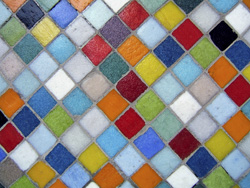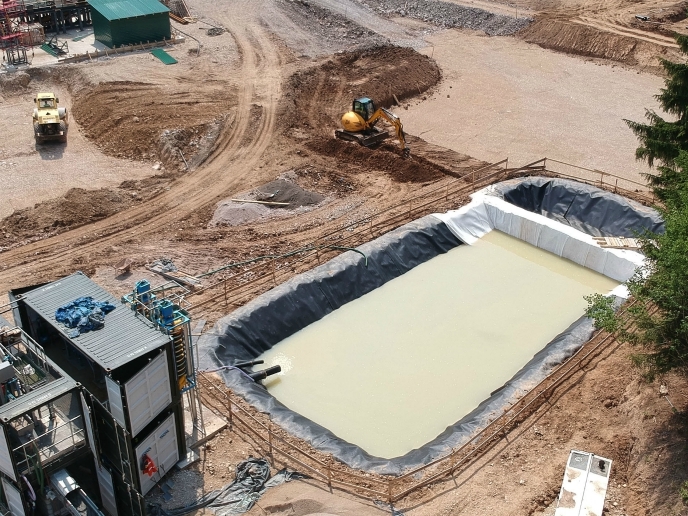Novel ceramic materials and processes
Ceramics as a class of materials include much more than the traditional ceramic clay with which we are all familiar. In addition to silicate glass and cement, the vast array of advanced ceramics has found widespread application in fields as diverse as aerospace, medical, military and communications devices. Ceramics provide many advantages to other materials due to their high wear and corrosion resistance combined with low density. Furthermore, their raw materials are abundantly available at a low cost. Most ceramics are produced by powder metallurgy which leads to the need for post-processing in more than half of the components. Adapting an existing metal machining process for use with ceramics and thus enhancing the potential market for ceramics was the goal of the Moncerat project. Electrical discharge machining (EDM) is a process used for machining hard metals that is restricted to electrically conductive materials. Despite this limitation, it enables accurate production of small and odd-shaped parts. Application of EDM to ceramic parts required development of novel electro-conductive ceramic materials combined with an integration of the EDM process technology adapted for ceramics. With the advent of nanotechnology, researchers have found that nanopowders consisting of particles on the scale of atoms or molecules enhance the mechanical properties of the ceramic products in which they are incorporated. Moncerat researchers synthesised novel high quality nanopowders using self-propagating high temperature synthesis (SHS). As a result, new ceramic composite materials including nanocomposites, were developed. Investigation of the effects of ceramic material microstructure on the EDM process led to integration of process effects into the materials design phase. Commercial exploitation of Moncerat results is expected to facilitate a shift from the use of classic materials to ceramics, which exhibit often superior properties and can now be produced more effectively. Broadening the potential market for ceramics should provide a boost to the ceramics industry and the EU economy.







